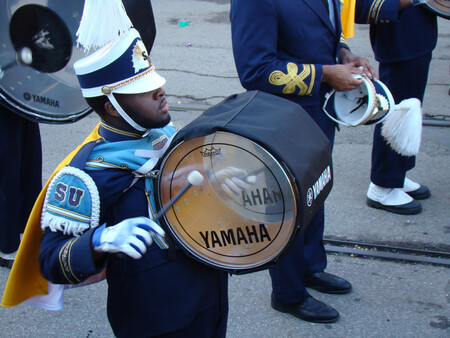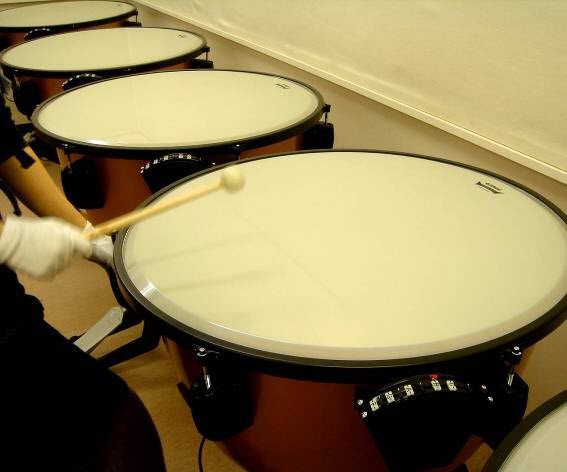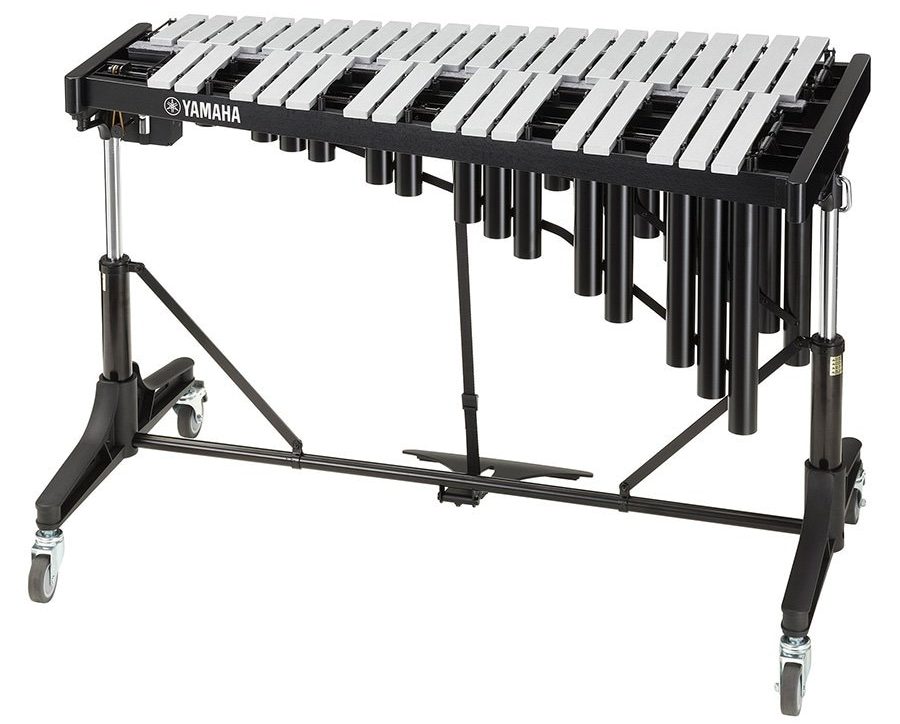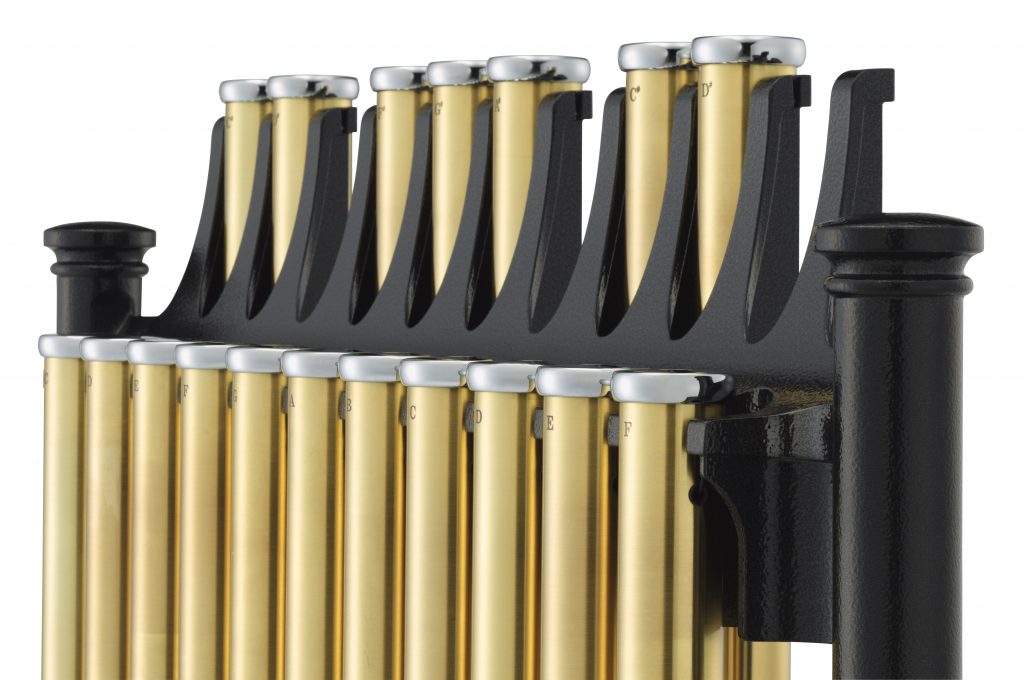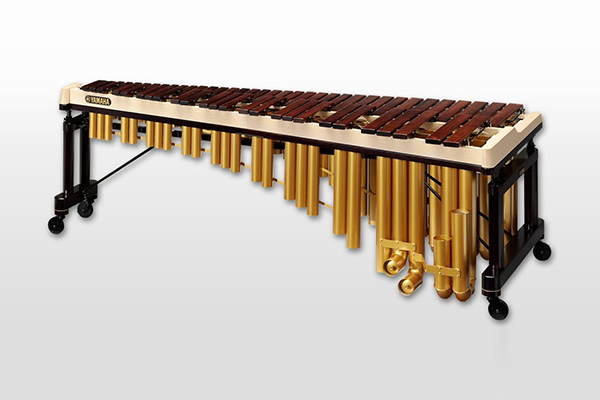Here’s What You Need to Know About Celestes
Inform your purchasing decision when buying a celeste for your school or church.
Celestes are instruments with a bell-like tone and a trace of mystery about them. However, both a celeste (sometimes called a celesta) and keyboard glockenspiel use the same mechanism as any grand piano. This means that anyone who plays piano will be able to play either of these instruments too.
Whether you’re planning on purchasing a celeste for your school, performance hall, church or other institutional location, here are some key aspects to guide you through the decision-making process.
Know Your Needs
Every institution is different in terms of size and makeup, and each will have instrument needs that differ. These factors include model, size and how many instruments are required. For example, a piano teaching studio might be a small space that’s carpeted, cluttered with bookshelves, desks and chairs, while a university performance hall might seat hundreds or even thousands of concertgoers, and a church venue may be an irregularly-shaped room filled with pews and glass windows. Whatever the configuration, the celeste you choose will ultimately need to meet a wide variety of demands, so before making your purchase, ask yourself the following questions:
– Who will use the instrument? Beginners, advanced players, concert artists, international guests on tour?
– How often will the instrument be played? In the occasional concert, or for 18 hours per day of student practice?
– How will the instrument be used? Lessons for graduate students? Live performance? Church services? Recordings?
– Will the instrument stay in a fixed location or will it be moved often?
– In what size room will the instrument primarily be used? A concert performance hall with a seating capacity of 3,000 may need two celestes: one for rehearsal and one for performance.
Know the Instrument
Yes, it’s a percussion instrument with a keyboard and a unique reverberant sound quality. But here are seven things about the celeste you may not know:
1. Celeste Soundbar Basics
Celeste soundbars are lined up in rows, same as they are in a metallophone. However, a celeste produces a gentler sound than a metallophone, with more reverberation, for a clear and beautiful sound.
The shorter a soundbar, the higher its pitch. This means, as you go up in pitch, the soundbars become shorter. Depending on the particular model, Yamaha celestes have a range of 53 keys (40C to 92E) or 56 keys (40C to 95G).
Soundbar thickness also varies. The soundbars on a celeste are approximately 2 – 2.5 mm thick, compared to metallophone soundbars that are around 7.8 – 9 mm thick.
2. The Holes in the Soundbars Are There for a Reason
The holes in celeste soundbars are used to keep them in place. A hole is drilled at a particular position in each soundbar called the nodal point, where the minimum amount of fundamental and the maximum amount of harmonics is heard. (There are two nodes on every soundbar, one on each end.) The soundbar is then placed on top of a felt pad and screwed in place. However, if a bar is fixed too tightly, the sound will not reverberate.
3. Celestes Employ Some Unusual Materials
Celeste soundbars are made of high-carbon steel. The wooden parts of celeste hammers are made from birch, and the tips are made from felt. The surface of the felt hardens after some time due to striking the hard soundbars, which tends to deaden the sound. Just as with tuning a piano, the pins must be replaced, and the hammers sanded to bring the instrument back to its proper, springy feel.
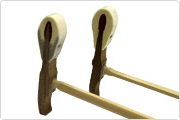
4. Celeste Hammer Shanks Differ from Those in Grand Pianos
While the shanks of hammers in a grand piano are vertically thick and very hard, the shanks of celeste hammers are vertically thin, but horizontally thick — similar in shape to the soft mallets used for mallet keyboard instruments like vibraphone or marimba.
5. Celeste Pedaling Is Important Too
To maximize reverberation and bring out the metallic and gentle timbre of the celeste, a player needs to make skillful use of its damper and/or soft pedals, which are similar in functionality to those in pianos.
6. Celeste Maintenance Is Similar to That of a Piano
Just like a piano, any celeste will require periodic maintenance, though a new celeste out of the box should not need any preparation before it is used. A celeste should be tuned regularly and regulated as needed by a piano tuner. This is especially true if the instrument is moved a lot.
7. A Celeste Can Be Heard More Clearly from the Rear of the Room
A celeste is unique in its ability to be heard from far away. Interestingly, this phenomenon, coupled with the natural reverberation in a room, means that those sitting at the rear of a concert hall can hear the celeste better than those sitting in the front row.
Yamaha Celeste Structure and Key Features
Merely striking a soundbar does very little — the sound will be very quiet and won’t reverberate much if at all. That’s why celestes require wooden resonator boxes sitting above the soundbars. In most celestes, these boxes are graduated on four levels, with the bass range resonator boxes on the top level, the midrange resonator boxes on the lower right, and the treble resonator boxes in the center and lower left (looking from the rear). However, in Yamaha celestes, the resonance boxes are arranged in a single level, which allows for a more compact and lightweight body. Despite their compact size, the same resonant capacity is maintained, allowing the instrument to produce a rich sound.

In addition, the soundbars in Yamaha celestes are struck from below, not above, allowing for the use of a piano action mechanism. This enables the player to put feeling into their performance. Other celeste designs make it difficult to vary the intensity of one’s playing since those instruments don’t make any noise unless the keys are pressed strongly.
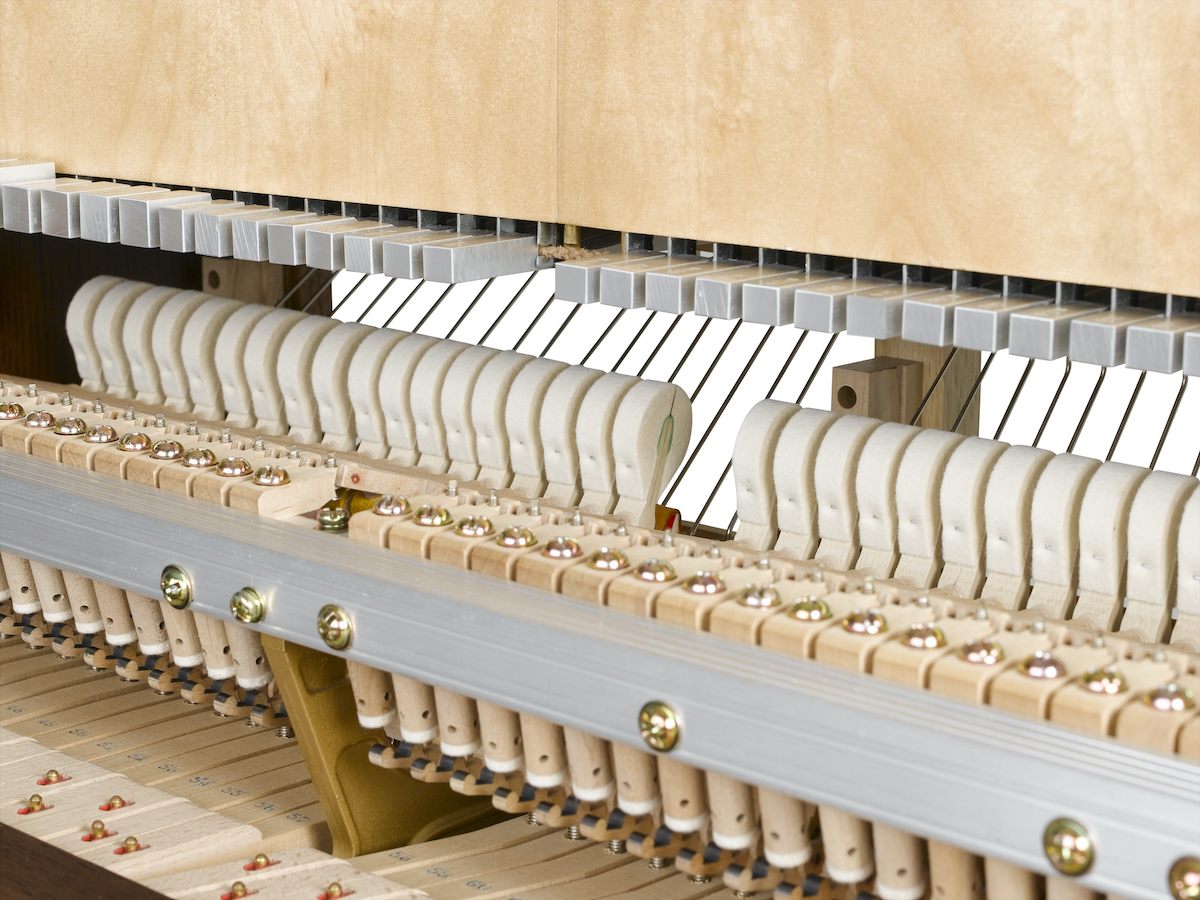
All Yamaha celeste models offer a uniform feel for free control of dynamics, along with a compact, lightweight design that is easy to transport. Here are some other key features of Yamaha celestes — all of which will be important to institutional buyers:
– Piano action with full-length keys
– Metal plates and resonator
– Piano-standard keyboard height and a narrow key slip
– Key surfaces of Ivorite and unstained ebony
– A music rest positioned to allow clear, line-of-sight visibility
– Double-wheel locking casters
– A protective cover
Because celestes last a very long time (well over 10 years), investing in the wrong model or brand can have lasting consequences. Therefore, it is important to carefully consider the current and future needs of your institution before making a purchase. Ensure that you budget sufficient funds for both the initial purchase and future maintenance. It is always wise to consult with all stakeholders at your institution. This includes anyone who has a fiduciary role, as well as those who have a say in how the instrument is used. If you take the time to do your homework, your students, faculty and audiences will appreciate the positive effects of your decision!
Click here for more information about Yamaha celestes.











